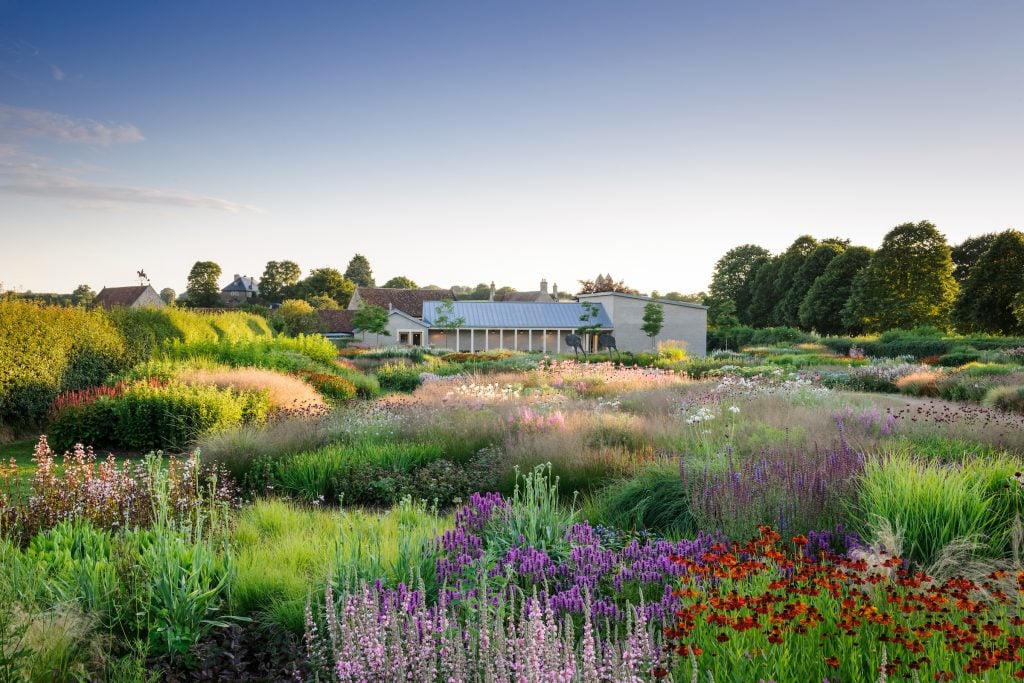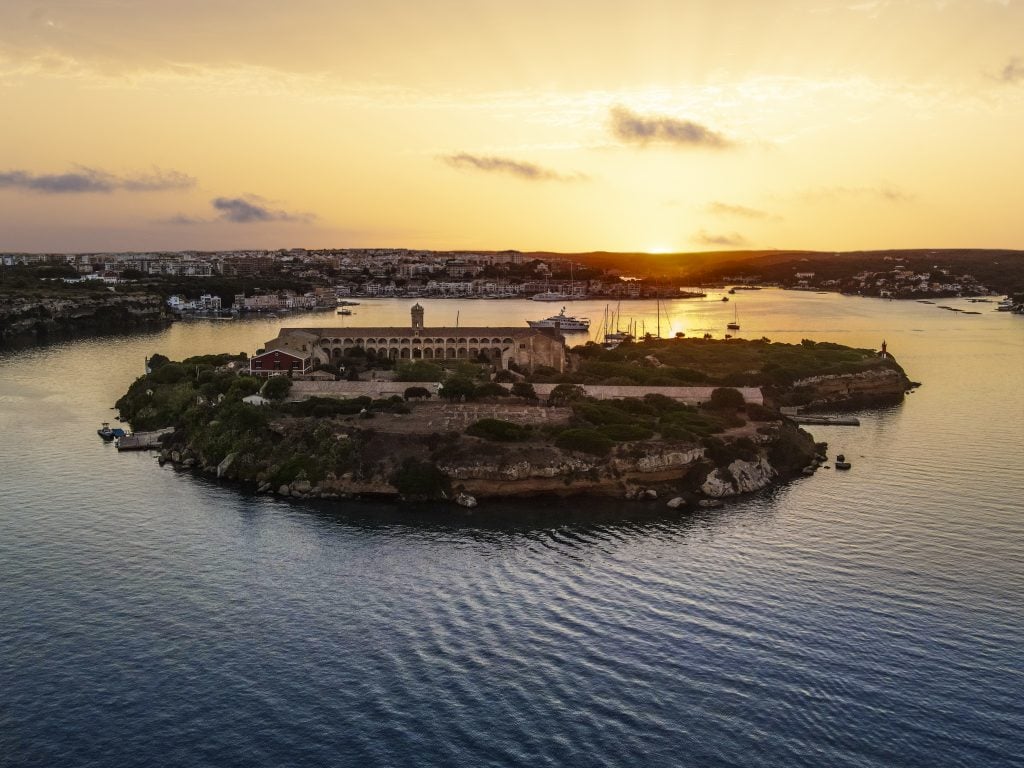Sustainability
Hauser and Wirth Is Hiring a Full-Time Head of Environmental Sustainability to Halve the Gallery’s Carbon Emissions by 2030
Every fair and show will now be allocated a carbon budget.

Every fair and show will now be allocated a carbon budget.

Kate Brown

After an unprecedented pause in business-as-usual caused the art industry to grind to a halt, the mega-gallery Hauser and Wirth has decided that it will not, in fact, be returning to its old ways, at least when it comes to carbon emissions.
The international gallery, with hubs in New York, Hong Kong, and London, to name a few, is overhauling aspects of its business to meet ambitious new sustainability benchmarks. It will align itself with the goals set in the 2016 Paris Agreement, a historic decision signed by nearly 200 nations pledging to help hold the global temperature increase to 1.5 degrees Celsius.
To do so, Hauser and Wirth is pivoting its business operations at all of its locations in order to cut carbon emissions by 50 percent by 2030.
“We have already double offset our gallery’s emissions directly associated with its operations for 2019,” Iwan Wirth tells Artnet News via email. “Reduction is key, and carbon offsets alone are not enough, so we’ve deliberately selected schemes which also have a positive impact on biodiversity and the protection of endangered habitats.”
To achieve this goal, the gallery is interviewing for a new full-time head of environmental sustainability position. It will be a “game-changer,” said Wirth of the senior post, which will report directly to Hauser and Wirth’s CEO Ewan Venters.

Hauser & Wirth Menorca on Isla del Rey. Courtesy Hauser & Wirth. Photo: Be Creative, Menorca.
The news comes at a time when the art business has been reckoning with an almost total shift online, and now is deciding what kind of “normal” it wants to return to. Galleries have begun to envision possibilities beyond the endless travel circuit of back-to-back fairs.
Finding new, sustainably innovative ways to reboot has already taken hold in the auction industry: Yesterday, Christie’s announced that it would reach net-zero carbon emissions by 2030.
It is a smart business decision too, and many major companies having been declaring pledges worldwide. A recent article in Financial Times reported that climate change played a part in the investment choices of 87 percent of the world’s wealthiest foundations, individuals, and families. But accountability is key. Carbon goals must be specific, and companies must be transparent about their progress through regular reporting.
Hauser and Wirth’s own decision to create the new post and emissions commitment, Venters said, is about creating a “more sustainable future for our artists and communities.” The gallery has also joined on to the recently established Gallery Climate Coalition as a patron. The group, whose co-founders include Sadie Coles HQ and Lisson, among others, was launched in London last year to help art-market businesses adjust their models to become more sustainable through carbon calculators and practical knowledge sharing.
One of the measures that will be overseen by the incoming head of environmental sustainability is a new “carbon budget” for every exhibition and art fair. “It’s a fundamental recalibration of how we measure costs,” said Venters. Carbon assessments took place between 2019 and 2020, and will be followed this year by a more in-depth audit of the largest indirect emissions: air travel and freight. The gallery has also switched to 100 renewable electricity.
Sustainability has been an ongoing concern for the gallery, which has a larger footprint than most given the scale of its operations. In recent years, Hauser and Wirth has continued to expand, but with a notably different tack of favoring rural, off-the-grid locations, like Somerset, where the gallery has a partnership with several environmental funds. It will soon publicly open a gallery on Isla del Rey on the island of Minorca.
“This is a global citizenship issue that reaches beyond the art world,” Wirth said. “We’re committed to sharing knowledge because it creates a ‘ripple in the pond’ to create further change.”